Colorado has tremendous potential when it comes to growing vegetables. From potatoes and carrots to peppers and squash, the possibilities are practically endless! With the right knowledge and know-how, you can be sure your homegrown veggies will thrive in the unique environment of Colorado. This guide will explore the best vegetables to plant in Colorado, as well as when to plant them for maximum success. So get started on your journey towards a thriving vegetable garden!
What Types of Vegetables Grow Best in Colorado?
Colorado has a variety of climates and growing conditions that make it ideal for many types of vegetables. The state is known for its high-altitude, sunny days, making it perfect for crops such as tomatoes, eggplants, peppers, squash, and potatoes.
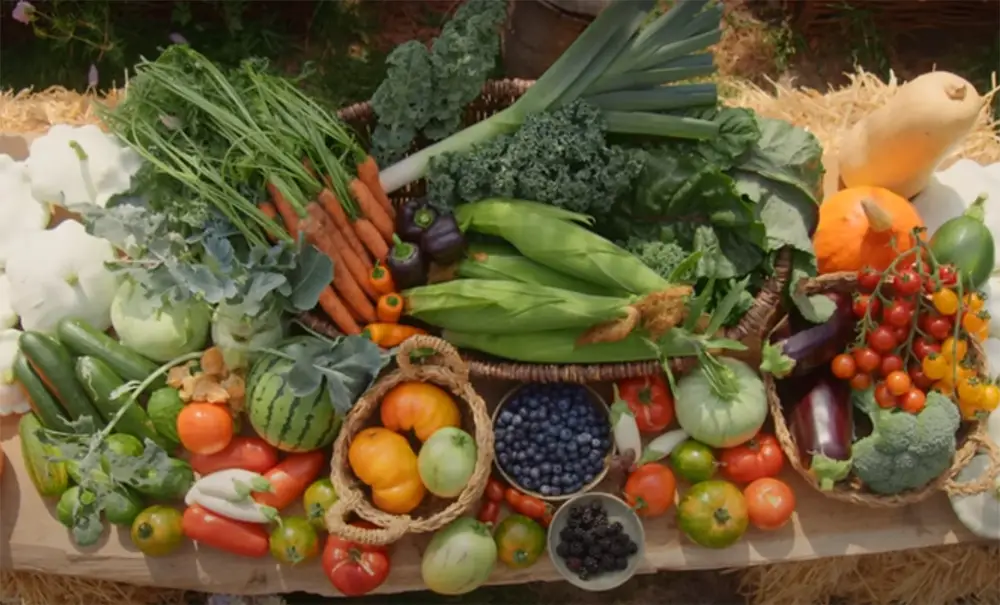
Colorado is also home to a variety of wild edibles, such as dandelion greens and purslane, which are great for adding flavor to dishes. The state’s semi-arid climate also lends itself to growing a wide variety of beans, peas and other legumes.
Carrots, onions, garlic and radishes are hardy vegetables that thrive in Colorado’s cool winter temperatures. Leafy greens such as lettuce, spinach, and kale will all do well if given enough sunlight. Broccoli and cauliflower are also cold-hardy vegetables that grow well in Colorado’s climate.
The mild summer temperatures in Colorado are perfect for corn, cucumbers, melons and many other warm-weather crops. For early-season planting, the state’s hot days and cool nights make it ideal for growing peppers or for getting a jump start on tomatoes.
Finally, herbs such as basil, oregano, and thyme are easy to cultivate in Colorado’s climate. Growing herbs is a great way to add flavor and variety to meals without relying on store-bought ingredients. For best results, select seeds or seedlings that are locally adapted for Colorado’s growing conditions.
Vegetables You Can Grow in Colorado
Beets
Beets are a hardy vegetable that thrives in cooler temperatures. In Colorado, they can be planted as early as February and harvested from late summer to early fall. Beets prefer well-drained soil that is high in organic matter, such as compost or manure. They should be watered regularly, especially during dry periods. When harvesting, leave at least 1 inch of the greens attached to the beetroot.
Spinach
Carrots
Carrots are a cool-season crop that thrives in Colorado’s soil and climate. They should be planted in early spring or late summer when temperatures are cooler. Carrots prefer sandy, well-drained soil with plenty of organic matter. Water regularly and mulch to keep the soil cool and moist. Harvest carrots when they are large enough to use; don’t wait too long or they will become woody and tough.
Lettuce

Lettuce is a cool-season vegetable that grows best in Colorado’s cooler spring and fall months. It prefers full sun and well-drained, fertile soil with plenty of organic matter. Lettuce should be watered regularly during dry periods, especially when young plants are establishing themselves. Harvest when the heads are firm and crisp; don’t wait too long or the leaves will become bitter.
Radishes
Radishes thrive in Colorado’s cool-season climate. For optimal growth, plant them in spring or early fall, ensuring they receive full sun and are planted in fertile, well-drained soil. During dry periods, it’s crucial to provide regular watering. When harvesting, aim for a diameter of approximately ¾ inch; waiting too long can result in tough and woody radishes. These versatile vegetables are a delightful addition to salads, sandwiches, and stir-fries, adding a burst of flavor and crunch.
Kohlrabi
Kohlrabi, a cool-season crop, thrives in Colorado’s climate. It is best to plant it as soon as the ground can be worked in the spring, taking advantage of the optimal growing conditions. Additionally, for a prolonged harvest, it can be planted again in late summer or early fall.
To ensure optimal growth, kohlrabi prefers fertile and well-drained soil enriched with plenty of organic matter. This provides the necessary nutrients for healthy development. It is important to water the plants regularly, especially during dry periods, to maintain proper moisture levels.
Broccoli
Broccoli, a cool-season crop, thrives in Colorado’s cooler spring and fall months due to its adaptability to the region’s climate. It flourishes in full sun, requiring well-drained, fertile soil enriched with an abundance of organic matter. To ensure optimal growth, regular watering is recommended during dry periods. When it comes to harvesting, it’s crucial to pick the heads at the right time, ensuring they remain firm and tight. Waiting too long can result in woody and tough heads, compromising their taste and texture. Taking these factors into consideration will help you cultivate delicious and nutritious broccoli in your garden.
Brussels Sprouts
Brussels sprouts thrive in the cool-season climate of Colorado. For optimal growth, plant them in early spring or late summer when temperatures are cooler. These plants prefer full sun and fertile, well-drained soil. Ensure regular watering during dry periods and harvest the sprouts when they are firm. Avoid waiting too long, as they may become woody and tough. These versatile vegetables make a delightful addition to salads, stir-fries, and soups.
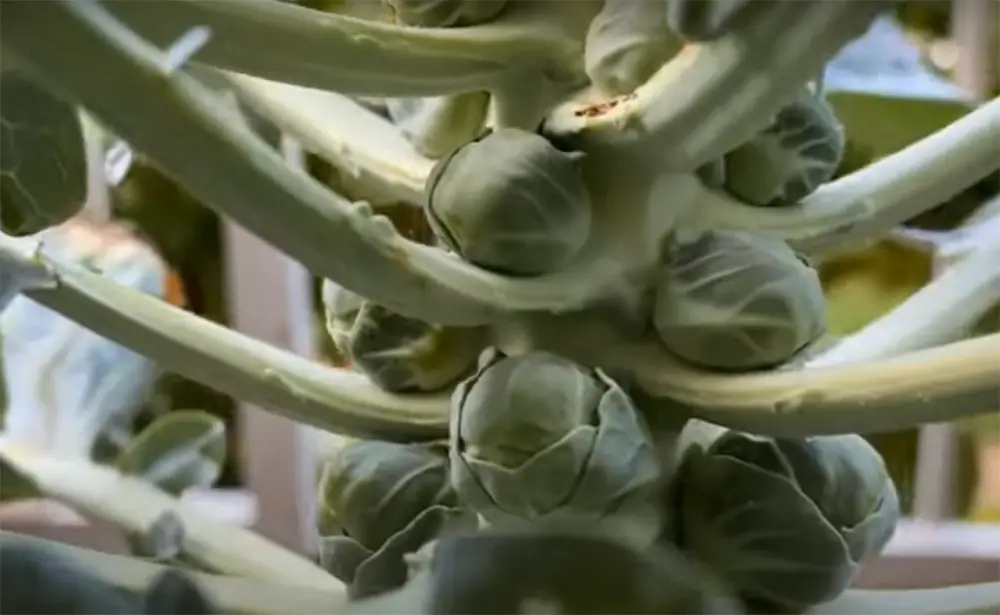
Cabbage
Cabbage, a hardy and versatile vegetable, thrives in cooler temperatures. In the beautiful state of Colorado, it can be planted as early as February, taking advantage of the region’s unique climate. As the seasons progress, cabbage can be patiently nurtured and carefully tended to until it is ready to be harvested, offering a bountiful yield from late summer to early fall. To ensure optimal growth, cabbage prefers well-drained soil that is rich in organic matter, such as nutrient-packed compost or nourishing manure. Regular watering, particularly during dry spells, is crucial to maintain the plant’s health and vitality. When the time comes for harvesting, remember to leave at least 2-3 inches of the stem attached to each head, preserving the integrity and freshness of this delicious and nutritious vegetable.
Cauliflower
Cauliflower, a nutritious cool-season crop, thrives in Colorado’s climate. It flourishes when planted in early spring or late summer, taking advantage of cooler temperatures. This versatile veggie delights in basking under the warm glow of full sun, while it thrives in fertile, well-drained soil. To ensure its well-being during dry periods, be sure to water it regularly. When the cauliflower heads are firm and tightly packed, it’s time to harvest them. However, exercise caution not to wait too long, as they may become woody and tough.
Parsnips
Parsnips are a cool-season crop that grows best in Colorado’s cooler spring and fall months. They prefer full sun and well-drained, fertile soil with plenty of organic matter. Parsnips should be watered regularly during dry periods. When harvesting, leave at least 1 inch of the stem attached to each root; don’t wait too long or they will become tough and woody. Parsnips are a great addition to salads, roasts, and soups.
Swiss Chard
Swiss chard, a vibrant and nutritious cool-season leafy green, thrives in the climate of Colorado. For optimal growth, it is recommended to plant Swiss chard in early spring or late summer when temperatures are cooler. This resilient vegetable prefers basking in full sun, benefiting from fertile and well-drained soil. To ensure healthy growth, remember to water regularly during dry periods, providing the necessary hydration for its development. When the leaves reach a sufficient size, it is time to harvest them. However, be mindful not to wait too long, as the leaves can become tough and bitter [1].
Other Warm-Season Vegetables to Plant in Your Garden
Corn
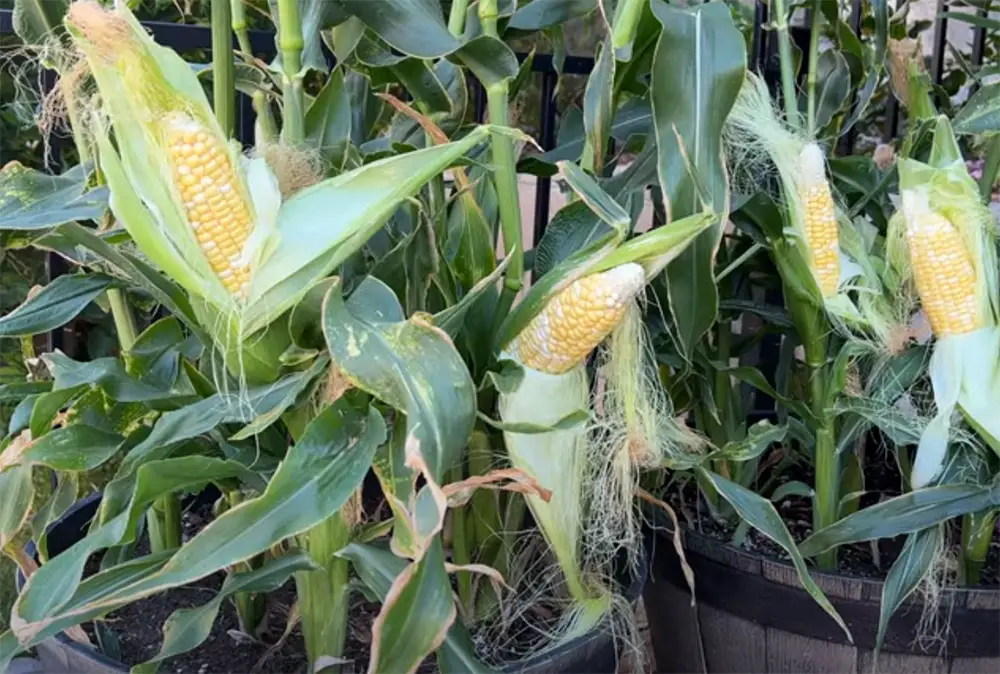
Corn is an iconic warm-season crop, cherished for its versatility and deliciousness. It thrives in full sun, but it can also tolerate partial shade for a portion of the day, making it adaptable to different growing conditions. To optimize pollination and maximize yields, planting corn in blocks instead of single rows is recommended. Moreover, apart from the traditional sweet corn varieties, there are also popping corns, flints, and dent corns, each with their own unique characteristics and culinary uses. With its diverse range of varieties and adaptability, corn continues to be a beloved vegetable for both home gardeners and commercial growers.
Tomatoes
Tomatoes, beloved by many gardeners, are not only popular but also versatile, offering a wide array of flavors, sizes, and shapes. These vibrant fruits thrive under full sun, although they can tolerate a bit of shade during certain times of the day. To ensure their well-being, it is important to provide them with moist, well-drained soil. For stronger and healthier roots, consider planting tomatoes deep into the ground, allowing them to establish a robust foundation. Moreover, it is crucial to give these plants ample space to allow proper air circulation, which in turn helps prevent the onset of diseases. By providing these optimal conditions, you can enjoy a bountiful harvest of delicious and nutritious tomatoes straight from your garden.
Green Beans
Green beans are a classic warm-season vegetable that thrive in the summer months. They prefer basking in the full sun, although they can tolerate some shade for part of the day. When planting green beans, it is important to choose a well-drained soil enriched with plenty of organic matter, ensuring optimal growth and development. To maintain their health, regular watering is crucial to keep the soil moist but not overly saturated. Additionally, for vining varieties, providing proper support is essential as they can grow rapidly and become unruly without guidance. Taking these extra steps will help you cultivate a bountiful and thriving green bean harvest.
Cucumbers
Cucumbers are a refreshing and versatile warm-season vegetable that thrives in full sun. They prefer to be planted in well-drained soil that retains moisture, ensuring optimal growth. For vining varieties, it is recommended to provide adequate support, such as trellises or stakes, to help them climb and maximize space. To promote continuous production and maintain the best flavor, cucumbers should be harvested frequently, preventing the fruits from becoming oversized. Enjoy the abundance of this delicious and nutritious vegetable in your garden!
Squash
Squash is an incredibly versatile vegetable with a wide range of delicious varieties to choose from, including zucchini, acorn, and butternut. When it comes to growing squash, it’s important to select a sunny spot with well-drained soil to ensure optimal growth and flavor. These plants tend to spread out, so it’s advisable to provide them with ample space to thrive. Alternatively, if you’re short on space, you can consider growing squash on a trellis to maximize vertical growing. Additionally, it’s crucial to keep a watchful eye for potential pests and diseases that can impact the health of your squash plants. By considering these factors, you can cultivate a bountiful harvest of flavorful and nutritious squash.
Pumpkins
Pumpkins, with their vibrant orange hue and iconic shape, are a quintessential fall vegetable that can add a touch of charm to your garden. For those seeking some delightful gardening projects, planting pumpkins is a wonderful choice. Ensure you select a sunny spot in your garden and prepare the soil by enriching it with organic matter, creating a nourishing environment for your pumpkin plants.
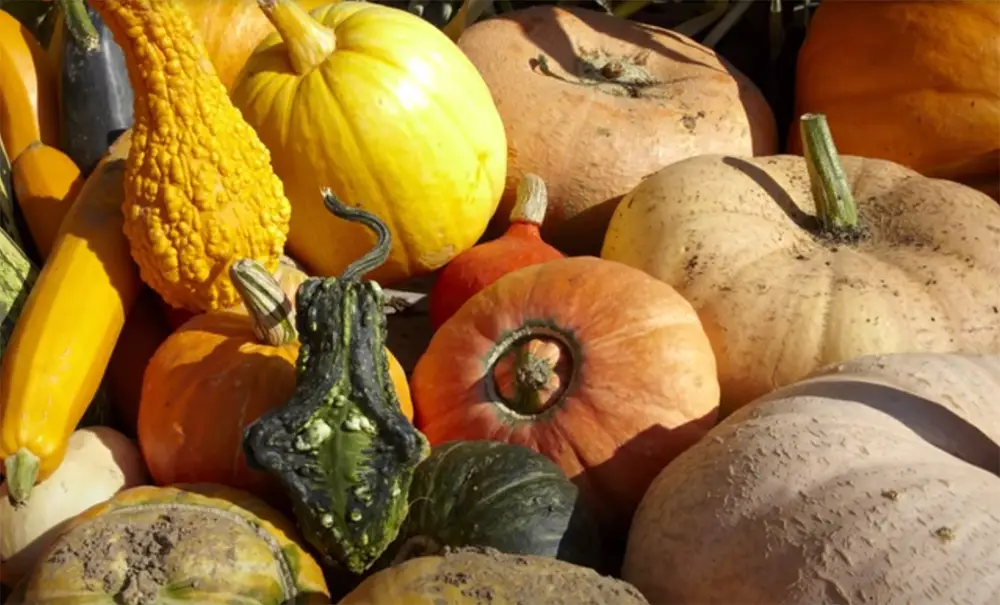
When it comes to spacing, give these sprawling vines plenty of room to grow and spread without encroaching upon each other’s territory. As the summer months roll in, stay vigilant about maintaining optimal moisture levels as pumpkins thrive on ample watering to support their growth and achieve impressive sizes. So, roll up your sleeves, dig into the earth, and embark on a pumpkin-growing adventure that will bring joy and beauty to your fall garden.
Eggplant
Eggplants, also known as aubergines, are a warm-season vegetable known for their distinctive flavor and texture. These versatile plants thrive in full sun and well-drained soil that is enriched with organic matter, ensuring optimal growth and productivity. It is important to provide support for vining varieties of eggplants, as their vigorous growth can lead to unruliness without proper guidance. When it comes to harvesting, it is recommended to pick the eggplants when they are still small in size. This ensures a tender and less bitter taste, as larger fruits tend to be tougher and more astringent [2].
How to start a vegetable garden in Colorado?
Colorado has a wide variety of vegetables that can be grown in the state. Starting a vegetable garden in Colorado requires some careful planning and consideration of environmental requirements such as soil type, location, and climate.
The first step is to determine where to plant your garden. Colorado gets very hot in the summer, so plants should be placed in spots that receive adequate shade from trees or buildings. If the garden is in an area that gets frequent sun, you may want to consider using a sun-blocking material such as fabric, burlap, or even shade cloth.
Once you’ve picked the right location for your garden, it’s time to prepare the soil. Most vegetables prefer well-drained soils with plenty of organic matter. You can add compost, manure, or other organic matter to the soil before planting. The more organic matter you add, the better your vegetables will grow.
Finally, make sure to water your plants regularly to ensure they get enough moisture. Proper watering will help promote healthy growth and reduce the risk of disease. You can also use mulch or other soil amendments to help retain moisture and reduce soil temperatures. With the right care, you can have a thriving vegetable garden in Colorado [3]!
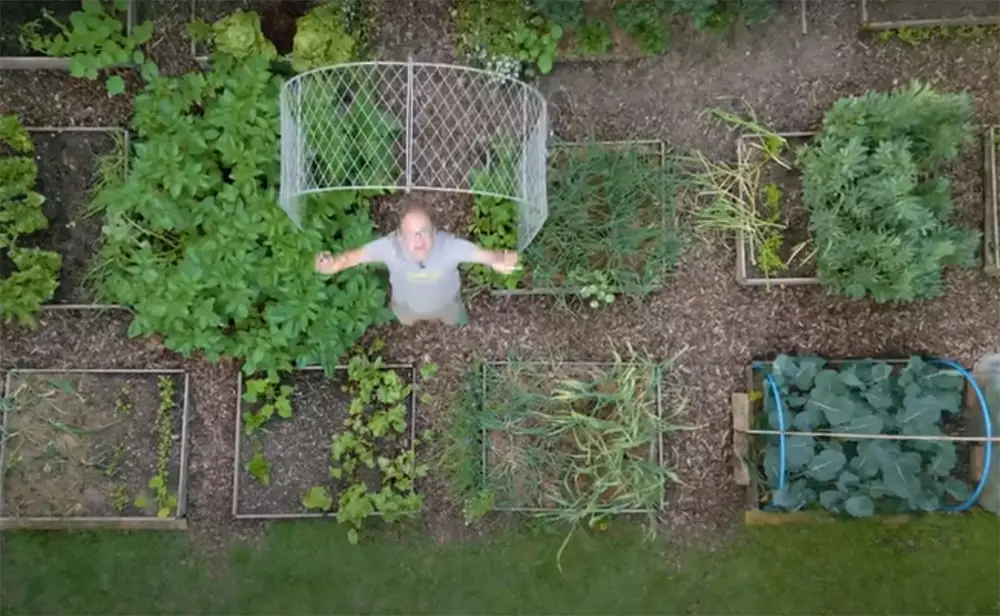
FAQ
What foods can be grown in Colorado?
Colorado, nestled in the heart of the United States, boasts a remarkable diversity of climate and terrain. This unique combination of factors creates an environment where a wide array of fruits, vegetables, and grains can thrive. From the fertile plains to the lofty mountain peaks, the state is home to a bounty of crops.
In the rich soil of Colorado, farmers cultivate staple crops like potatoes, corn, wheat, beans, and hay. These essential commodities play a vital role in the state’s agricultural landscape, providing sustenance and resources for both locals and beyond.
But Colorado’s agricultural prowess extends far beyond the basics. The state’s favorable conditions also allow for the cultivation of a delightful variety of fruits. Orchards flourish with apples, cherries, pears, and peaches, their branches heavy with the promise of sweet abundance. And as summer arrives, vibrant fields yield succulent strawberries and raspberries, their flavors bursting with the essence of the sun.
Are there any restrictions on what can be grown in Colorado?
Yes, certain varieties of crops are regulated by the state. Planting native species is strongly encouraged, and those wishing to grow non-native plants must obtain a permit from the Colorado Department of Agriculture. Additionally, some areas have strict water usage regulations, which may limit what types of crops can be grown in those locations.
To ensure the quality of Colorado’s produce, farmers must adhere to strict standards set by the state. The use of weed or pest control is closely monitored, as are the amount and type of fertilizer used on crops. Additionally, all crops produced in Colorado must comply with FDA standards for safety and nutrition. By adhering to these regulations, Colorado farmers can produce the highest quality of fruits, vegetables, and grains.
Can you grow vegetables year-round in Colorado?
Yes, although the growing season is shorter than in some other parts of the United States. The cool climate and high elevation mean that crops tend to mature more slowly than in warmer climates. However, depending on the variety of vegetables chosen, it is possible to grow vegetables year-round with careful planning. For example, hardy root vegetables like carrots and potatoes can survive through the winter months, while warm-weather vegetables such as corn and tomatoes can be harvested during the summer. With thoughtful planning, Colorado farmers can enjoy a continuous harvest of fresh produce throughout the year.
What are the best vegetables to grow in hot climates?
The best vegetables to grow in hot climates often depend on the type of soil available and how much sun it receives. Some varieties thrive in full sun, while others prefer shade or partial shade. In general, heat-tolerant vegetables include tomatoes, peppers, squash, eggplants, beans, cucumbers, corn, potatoes, and okra. It’s also important to choose varieties with short growing cycles, as this will ensure they can be harvested before the temperatures get too high. Finally, make sure to water your vegetables regularly, as this will help them thrive even in hot climates.
Useful Video: Growing Veggies in Colorado | Best Vegetables to Grow in CO | Vegetable Gardening for Beginners
Conclusion Paragraph
So, if you want to start a vegetable garden in Colorado, you should know what vegetables are suited to be planted in Colorado, the ideal time to plant them and some specific considerations related to Colorado’s climate. There are many resources available online that can help you research what vegetables thrive in Colorado’s climate. Also, reach out to your local gardening store for advice on which vegetables will work best for you. With a little bit of knowledge and preparation, you can be ready to get planting in no time!
References:
- https://www.bathgardencenter.com/post/growing-vegetables-in-colorado-the-best-vegetables-for-your-colorado-garden
- https://squarefootgardening.org/2020/06/warm-season-veggies/
- https://www.coloradoan.com/story/news/2023/04/12/vegetable-gardening-in-colorado-colorado-vegetable-gardening-when-what-and-where-to-plant-and-how-to/70100202007/










Leave a Reply
View Comments